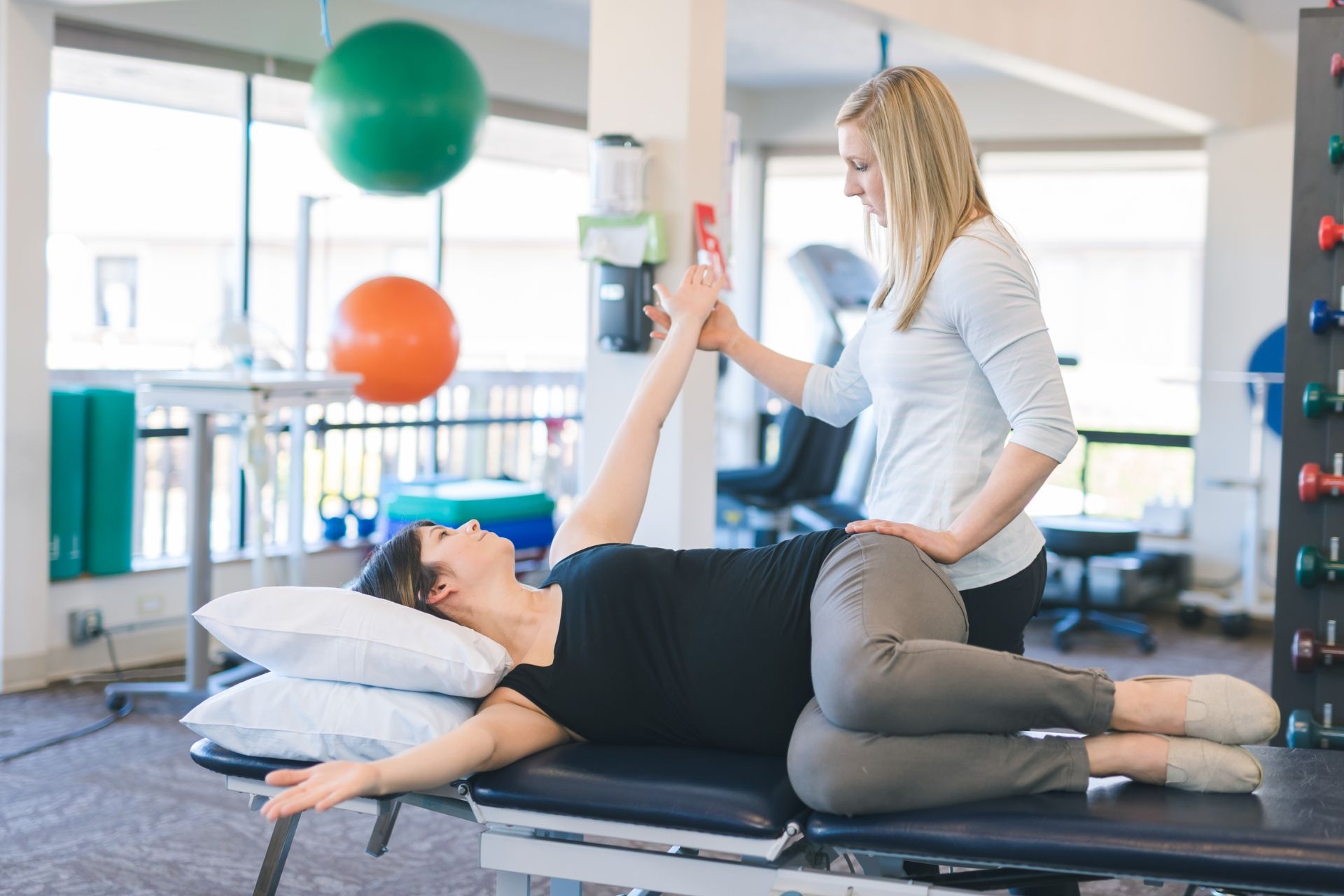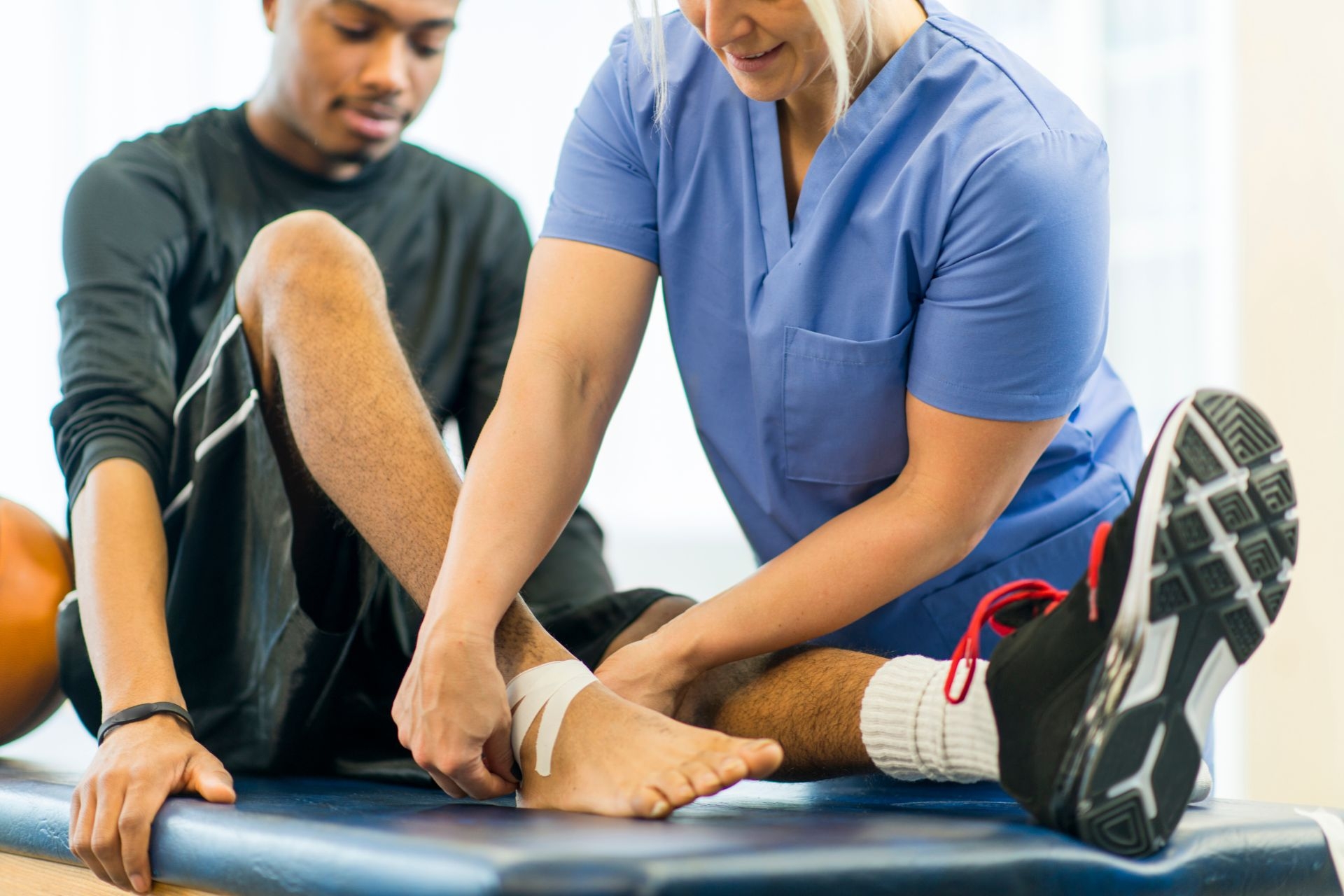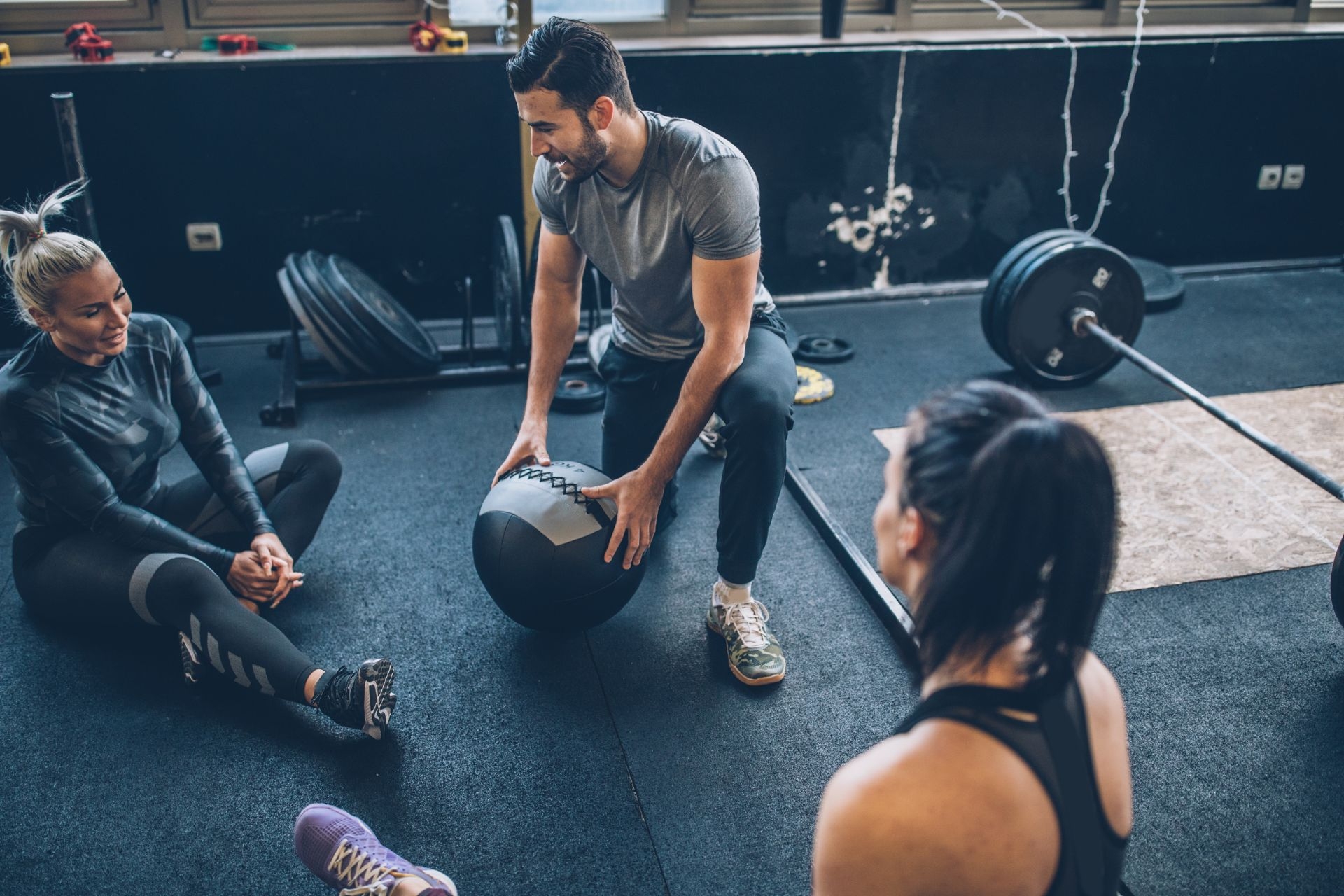

Cardiopulmonary physical therapy is commonly used to help with a variety of conditions related to the heart and lungs. Some of the common conditions that can benefit from this type of therapy include chronic obstructive pulmonary disease (COPD), asthma, cystic fibrosis, post-heart surgery recovery, and pulmonary hypertension. These conditions can cause difficulties with breathing, decreased lung function, and reduced cardiovascular endurance, and cardiopulmonary physical therapy aims to improve these areas.
Cardiopulmonary physical therapy differs from other types of physical therapy in that it specifically focuses on the cardiovascular and respiratory systems. While other types of physical therapy may address musculoskeletal issues or neurological conditions, cardiopulmonary physical therapy is designed to improve lung function, increase cardiovascular endurance, and enhance overall respiratory health. It often involves specialized techniques and exercises that target these specific areas.
The main goals of cardiopulmonary physical therapy are to improve lung function, increase cardiovascular endurance, enhance respiratory muscle strength, and improve overall respiratory health. This type of therapy aims to help patients breathe more efficiently, reduce shortness of breath, and improve their ability to perform daily activities without experiencing excessive fatigue. It also focuses on educating patients about their condition and teaching them techniques to manage their symptoms and improve their quality of life.

Cardiopulmonary physical therapy utilizes a variety of techniques and exercises to achieve its goals. These may include breathing exercises, such as diaphragmatic breathing and pursed lip breathing, to improve lung function and reduce shortness of breath. It may also involve aerobic exercises, such as walking or cycling, to increase cardiovascular endurance. Additionally, strength training exercises for the respiratory muscles, such as inspiratory muscle training, may be incorporated. Other techniques, such as airway clearance techniques, may be used to help clear mucus from the lungs and improve airway function.
Yes, cardiopulmonary physical therapy can help improve lung function in patients with chronic obstructive pulmonary disease (COPD). COPD is a progressive lung disease that can cause airflow limitation and difficulty breathing. Cardiopulmonary physical therapy can help by teaching patients breathing techniques to improve lung function, providing exercises to increase respiratory muscle strength, and offering strategies to manage symptoms and reduce exacerbations. It can also help patients improve their overall fitness and endurance, allowing them to engage in daily activities with less difficulty.

While cardiopulmonary physical therapy is generally safe and beneficial for most individuals, there are some precautions and contraindications to consider. Patients with unstable cardiovascular conditions, such as recent heart attacks or unstable angina, may need to be closely monitored during therapy. Additionally, individuals with certain respiratory conditions, such as severe asthma or acute respiratory distress syndrome, may require specialized care and caution during treatment. It is important for individuals to consult with their healthcare provider and undergo a thorough evaluation before starting cardiopulmonary physical therapy to ensure it is safe and appropriate for their specific condition.
The duration of a typical cardiopulmonary physical therapy session can vary depending on the individual's needs and goals. Sessions may range from 30 minutes to an hour, and the frequency of sessions can also vary. Initially, patients may require more frequent sessions to establish a treatment plan and learn proper techniques. As they progress and improve, sessions may be spaced out to once or twice a week. The duration of therapy overall can also vary, with some individuals requiring a few weeks of treatment while others may benefit from longer-term therapy. The specific duration and frequency of sessions will be determined by the healthcare provider based on the individual's condition and progress.

The best rehabilitation strategies for patients recovering from ACL reconstruction surgery involve a comprehensive and individualized approach. Physical therapy plays a crucial role in the recovery process, focusing on strengthening the quadriceps, hamstrings, and hip muscles to restore stability and function to the knee joint. Range of motion exercises, such as heel slides and knee extensions, are also important to regain full mobility. Additionally, proprioceptive training, which includes balance and coordination exercises, helps improve joint awareness and prevent future injuries. Gradual progression of weight-bearing activities, such as walking and jogging, is essential to rebuild strength and confidence in the knee. Furthermore, incorporating functional exercises, such as squats and lunges, into the rehabilitation program helps patients regain the ability to perform daily activities and return to sports or physical activities. It is important for healthcare professionals to closely monitor the progress of each patient and adjust the rehabilitation program accordingly to ensure optimal outcomes.
Mirror therapy is a highly effective rehabilitation technique that plays a crucial role in the restoration of upper limb function following a stroke. By utilizing a mirror to create an illusion of movement in the affected limb, mirror therapy stimulates the brain's neural pathways and promotes neuroplasticity. This therapy involves the patient placing their unaffected limb in front of a mirror while performing various exercises, which creates the illusion that the affected limb is also moving. This visual feedback tricks the brain into perceiving movement in the affected limb, leading to the activation of motor neurons and the reestablishment of neural connections. Additionally, mirror therapy enhances proprioception, motor control, and coordination, as it allows the patient to observe and compare the movements of both limbs simultaneously. This technique also aids in reducing pain and swelling, improving range of motion, and increasing muscle strength. Overall, mirror therapy is a valuable tool in the rehabilitation of upper limb function post-stroke, as it facilitates the rewiring of the brain and promotes functional recovery.
Instrument-assisted soft tissue mobilization (IASTM) techniques have shown promise in alleviating symptoms of plantar fasciitis. These techniques involve the use of specialized tools to apply controlled pressure and friction to the affected soft tissues, such as the plantar fascia. By targeting the specific areas of inflammation and adhesions, IASTM can help break up scar tissue, improve blood flow, and promote tissue healing. Additionally, IASTM can help improve range of motion and flexibility in the foot and ankle, which can further reduce pain and discomfort associated with plantar fasciitis. Some common IASTM techniques used for plantar fasciitis include scraping, cupping, and vibration therapy. Overall, incorporating IASTM into a comprehensive treatment plan for plantar fasciitis can provide significant relief and improve functional outcomes for individuals suffering from this condition.
Dry needling and acupuncture are both techniques used in physical therapy practice, but they have some key differences. Dry needling involves the insertion of thin needles into trigger points or tight muscles to relieve pain and improve muscle function. It focuses on releasing tension and promoting healing in specific areas of the body. On the other hand, acupuncture is a traditional Chinese medicine practice that involves the insertion of needles into specific points along the body's meridians to restore the flow of energy and promote overall well-being. It is based on the concept of balancing the body's energy, or qi. While both techniques use needles, dry needling is more focused on musculoskeletal issues, while acupuncture takes a holistic approach to address a wide range of conditions. Additionally, dry needling is typically performed by physical therapists, while acupuncture is usually done by licensed acupuncturists.
Blood flow restriction training (BFRT) plays a significant role in both rehabilitation and performance enhancement. In rehabilitation, BFRT involves the use of a specialized cuff or band to partially restrict blood flow to the working muscles during exercise. This technique has been shown to stimulate muscle growth and strength gains, even at lower intensities, which is particularly beneficial for individuals recovering from injuries or surgeries. Additionally, BFRT can improve cardiovascular function and increase the production of growth factors, promoting tissue healing and reducing recovery time. In terms of performance enhancement, BFRT allows athletes to achieve similar physiological adaptations to high-intensity training while using lower loads, reducing the risk of injury and overtraining. It can also enhance muscle hypertrophy, improve muscular endurance, and increase anaerobic capacity. Overall, BFRT is a valuable tool in both rehabilitation and performance enhancement, offering a safe and effective alternative to traditional training methods.
Physical therapists take a comprehensive and individualized approach to rehabilitation for individuals with chronic fatigue syndrome (CFS). They understand the unique challenges faced by these individuals and tailor their treatment plans accordingly. The rehabilitation process typically involves a combination of exercise therapy, energy conservation techniques, and education on managing symptoms. Physical therapists may use graded exercise therapy, which involves gradually increasing physical activity levels to improve stamina and reduce fatigue. They may also incorporate relaxation techniques, such as deep breathing and mindfulness, to help manage stress and improve overall well-being. Additionally, physical therapists may provide guidance on sleep hygiene, nutrition, and pacing strategies to help individuals with CFS better manage their energy levels and optimize their daily activities. By addressing the specific needs of individuals with CFS, physical therapists play a crucial role in promoting functional improvement and enhancing quality of life.